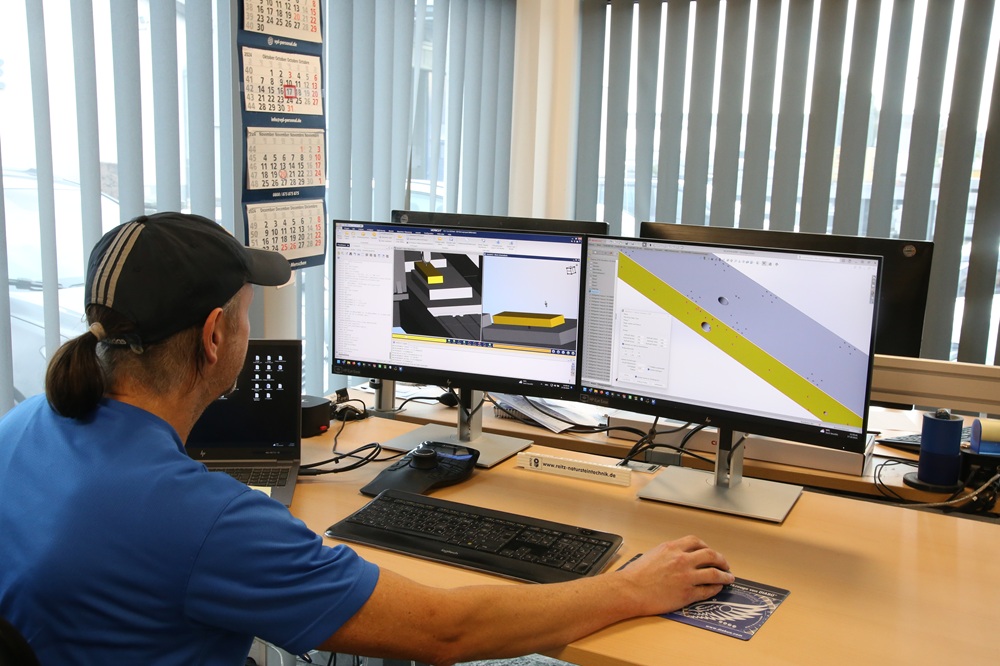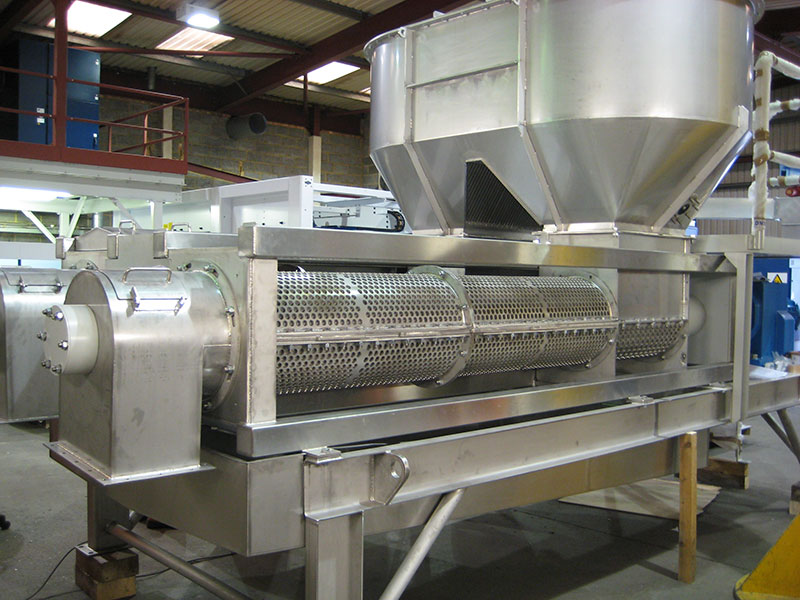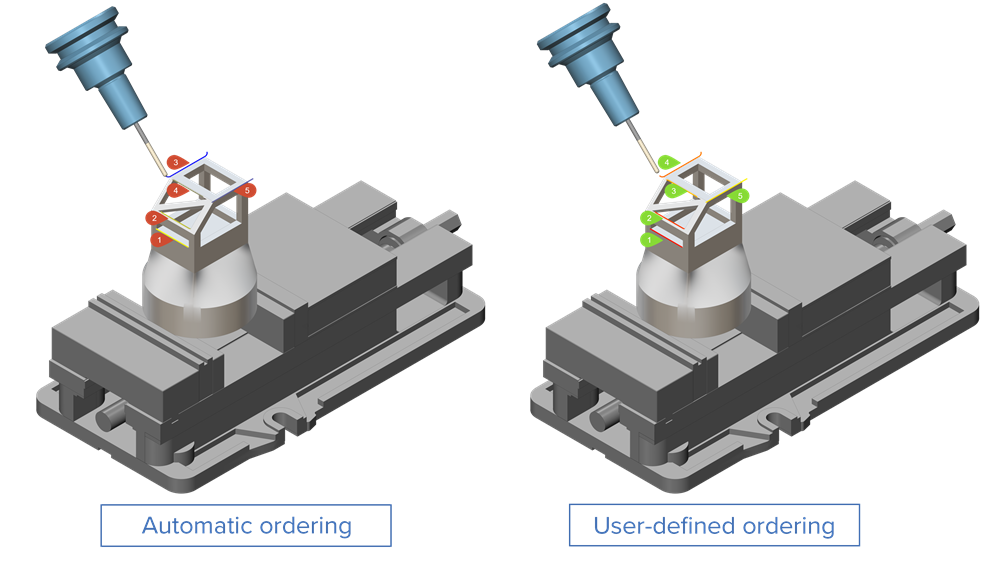Nova Laboratories’ investment in BobCAD-CAM software and associated programmer training from Mills CNC’s Training Academy, is improving the productivity and process efficiencies of its in-house machine shop. Now, high-precision components used in the company’s pharmaceutical processing and production machinery and equipment, both for its own licensed products and its contract manufacturing operations, are being machined faster, more accurately and more cost-efficiently.
To get the most from its CNC machine tools, and to fully exploit their capabilities and potential, particularly with regard to the new Puma 2100Y multi-tasking turning centre, it became clear that investment in a powerful and flexible CADCAM package was required.
Explains machinist Steven Potter: “We had already invested in CAM software to create programs for the DNM 500 but needed something different and more bespoke for the Puma 2100Y.”
Potter researched the market and drew up a checklist detailing the specific CADCAM attributes and features required.
“Although we’d heard of BobCAD-CAM, we didn’t really know much about it, so we contacted Darren Clarke, BobCAD-CAM product manager at the Mills CNC Training Academy. We liked what we saw in a presentation and, because the Academy is a licenced UK reseller of the software, staff there could also deliver on-site BobCAD-CAM training to get us up and running.”
Based on the strengths of the BobCAD-CAM system itself, its affordability and the support provided by the CNC Training Academy, Nova Laboratories made the decision to invest in BobCAD-CAM software – and hasn’t looked back since -driving major productivity gains across its operations.
More information www.millcnc.co.uk



















